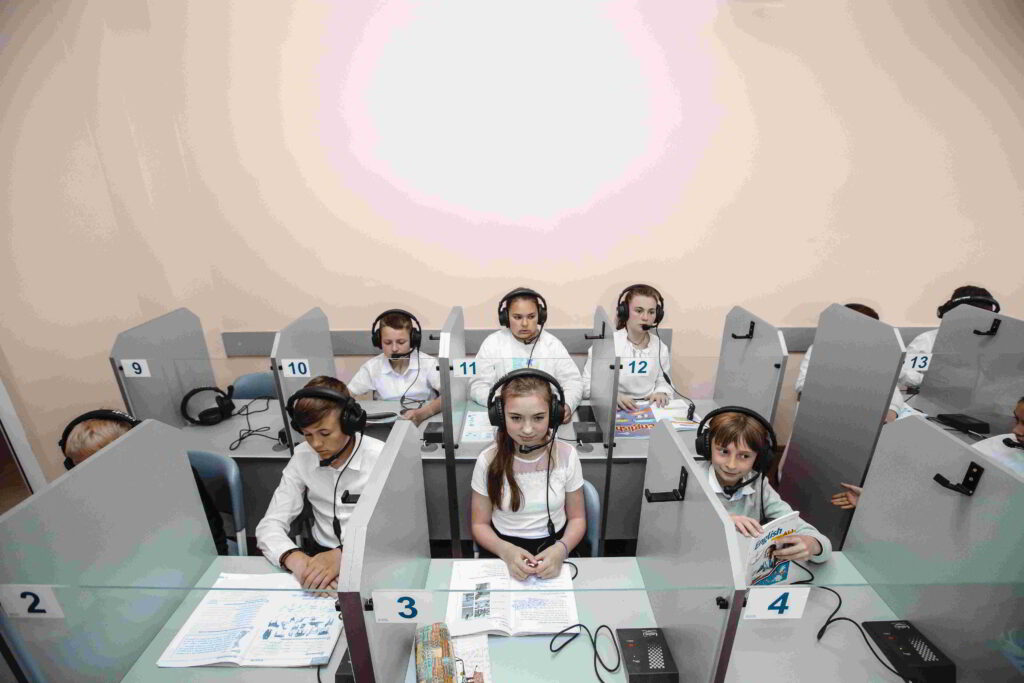In this article, we have shared 5 best practices to apply in your course design to help improve your students’ learning.
1.Arouse students’ curiosity
When starting a new chapter, try telling an anecdote, performing an experiment, or asking your students what they know about the topic you are about to cover.
2.Regularly ask them to participate in an activity
Although researchers disagree on the attention span of the average person, they agree that listening passively does not help. It is better for students to ask themselves questions, speculate on potential hypotheses or do experiments to fully understand what they are learning.
3. Interacting with students
Try changing the activities you offer to avoid creating a repetitive pattern within your course: quizzes, games, debates, peer-to-peer instruction… These are just some of the many ways you can liven up a lesson and create real student involvement.
4.Activate your students’ memory
This is one of those things that seems easier said than done, but is it really? Stimulating students’ brains to create and activate neural connections is crucial, but that doesn’t mean it has to be difficult.
create and activate neural connections is crucial, but that doesn’t mean it has to be difficult. 5.Receive feedback to continue improving your courses
Don’t forget that feedback is a two-way street: students may seek feedback from you on how they did on a test or activity, but you can ask them the same thing. By finding out what they like and dislike, you eventually develop learning methods that are not only effective, but enjoyable for all participants.
Nibelung Software: How it helps in improving student learning
The multimedia language lab and teaching network software was developed for effective foreign language teaching by creating audio-visual lessons with up-to-date multimedia content. The Nibelung language and multimedia laboratory software allows the class to be divided into several work sessions and to start different activities for each session at the same time.
- 1. Interaction with students
- 2. Multimedia sources
- 3. Creation of stimulating activities
- 4. Quiz and exam creation
- 5. Interpreting training

